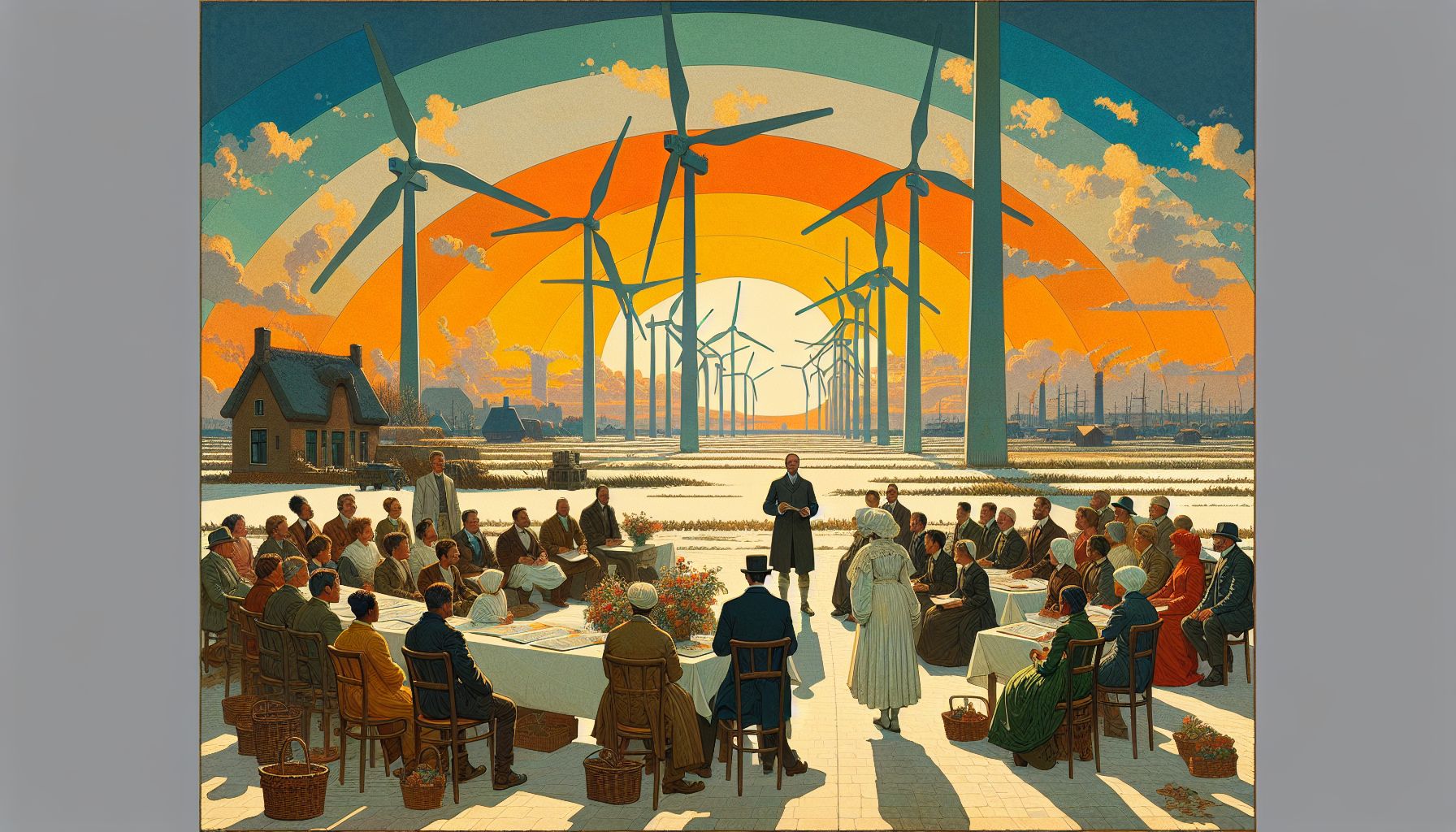Dutch Public Challenges Wind Turbine Recycling Awareness

Delft, Thursday, 30 January 2025.
A TNO study reveals 77% of Dutch citizens are unaware of wind turbine recycling processes, stressing the need for enhanced public education on sustainability efforts.
Current State of Wind Turbine Recycling
While wind energy stands as a cornerstone of sustainable electricity production, the Dutch public shows significant knowledge gaps regarding end-of-life management of turbines. Despite 90% of wind turbine components being recyclable or reusable [1], about 60% of the Dutch population underestimates this recyclability rate [1]. The study, conducted by TNO with 1,473 Dutch participants [1], highlights a critical disconnect between actual recycling capabilities and public perception.
Public Support for Circular Solutions
The research reveals strong public backing for sustainability initiatives, with 93% of Dutch citizens acknowledging the importance of preventing raw material depletion [1]. A significant 91% emphasize the need for proper end-of-life solutions for wind turbine blades [1]. Notably, two-thirds of respondents support using tax money for circular end-of-life solutions, though only 25% are willing to accept higher electricity prices to fund such initiatives [1].
Innovative Repurposing Solutions
The study uncovers public preferences for creative repurposing of wind turbine components, particularly the blades. Most respondents favor practical applications such as noise barriers along highways and bicycle racks [1]. These findings are particularly relevant as they align with broader European sustainability goals, with the study being part of the EU co-funded EoLO-HUBs project [1].
Responsibility and Future Implications
According to the research, the Dutch public primarily places the responsibility for circular solutions on manufacturers and wind farm owners, followed by national government and EU authorities [1]. These insights are expected to guide decision-makers, regulators, and researchers in developing more effective end-of-life management solutions that maintain public support [1]. The findings emerge at a crucial time when Europe’s manufacturing industry is increasingly focusing on both digitalization and sustainability to meet climate goals [6].

